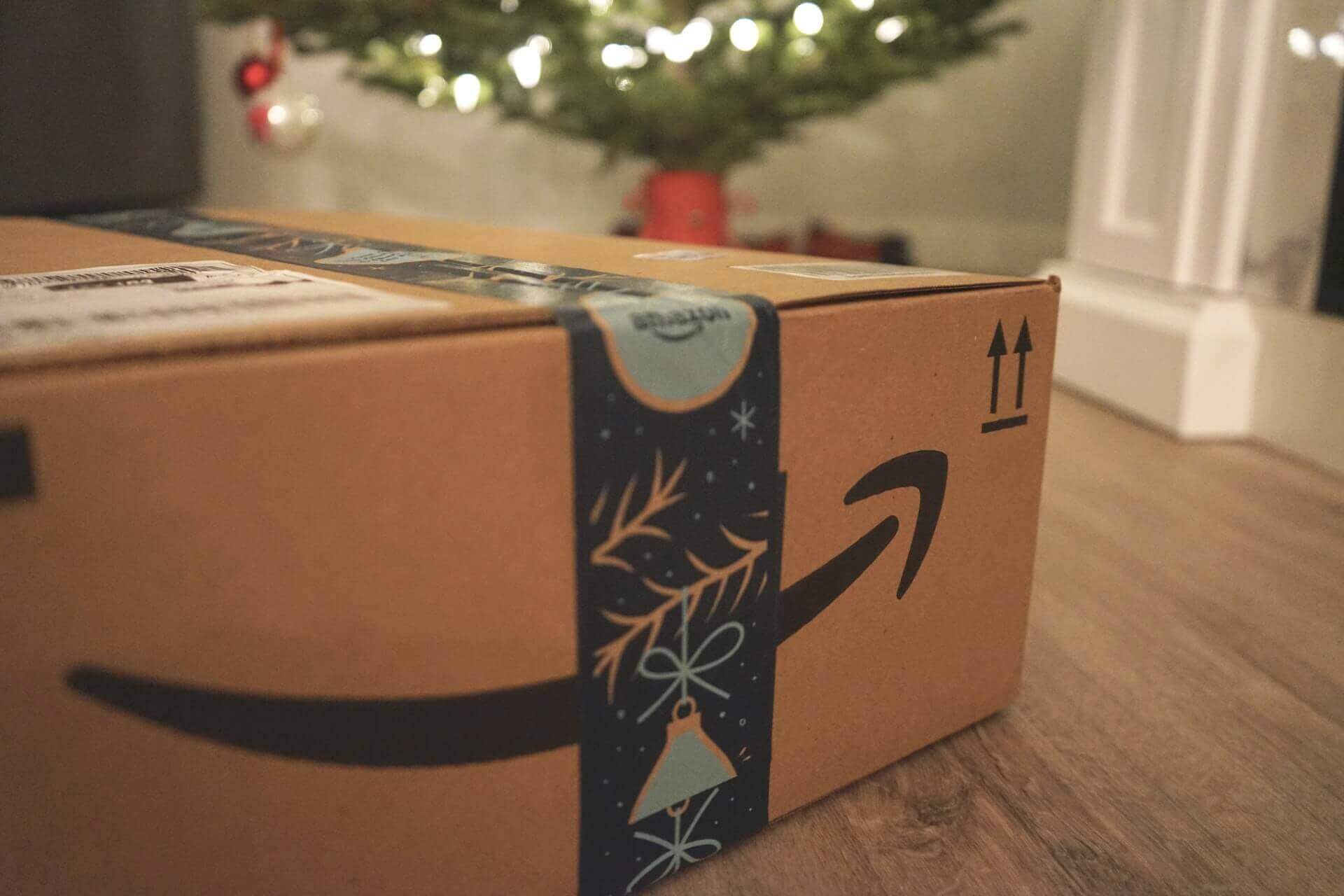Services
Industries
Company

Amazon is currently a leader in the global e-commerce market. In fact, over 40% of internet users go directly to the platform to search for products. Like Google and Facebook, this site offers advertising solutions to help its users optimize the visibility of their products or brands. Among them, Amazon PPC (Pay-Per-Click) is the most widely used. Learn more about this Amazon version of Google Ads.
Amazon PPC allows you to create self-service ad campaigns that you can configure yourself through the Amazon Advertising portal. You then define the various targeting options, such as keywords and campaign duration. You must also specify your bid amount and budget.
Indeed, Amazon PPC is also based on a keyword bidding system. In other words, the best positions in Amazon search results will be awarded to the brands or individuals who offer the highest bids. As the name suggests, you are only charged when a user clicks on your ad with this system.
You have 3 types of advertising to choose from if you choose to use Amazon PPC:
This involves boosting a product's visibility on Amazon through sponsorship. The item will then appear among the top results and will be labeled "Sponsored" when a user enters the corresponding keywords. This advertising solution is particularly effective if you are a new Seller or Vendor on the platform.
In this case, the brand is sponsored. As such, it appears in a banner above the results when a user performs a related search on Amazon. You're then redirected to a Brand Store if you click on the brand's logo. Finally, you can access the details page if you click on the title of the item that caught your attention.
This type of advertising gives you the opportunity to promote your product on Amazon and its partner sites. Ads are automatically generated based on your main image and can appear at any time based on their relevance. For example, your item may appear on the detail page of a similar product from one of your competitors.
In the past, only the most daring brands advertised on Amazon. However, things have changed since the platform became a true search engine in the e-commerce sector. Indeed, Amazon PPC offers many advantages.
According to statistics, over 60% of people searching on Amazon don't go beyond the first page of results. Therefore, it's essential to appear on the first page to increase your chances of making a sale. Since competition is fierce, sponsoring through Amazon PPC is one of the best ways to appear on page 1, especially if you're a new brand.
Over 30% of users click on the first result that appears, and the first three products receive over 60% of clicks. Therefore, ranking high on the first page of Amazon search results is even more beneficial for your business. This generally requires sponsorship and a willingness to bid high. Furthermore, the more sales you make, the higher your ranking on the platform.
Generally, people searching on Amazon have a genuine intention to buy if they find an item that meets their needs. Also, ads appear at the right time. Conversion rates are therefore higher if the product you offer is of good quality and meets the needs of most users.
Pay-per-click is more cost-effective because you're only charged when someone clicks on your ad—that is, when your ad has had an impact. For example, if your cost per click is $2 and your product detail page receives 5 visits, you'll only pay $10.
Furthermore, the chances of the user purchasing are higher since they have done the research themselves. This is why the return on investment is higher compared to that of a television advertisement where you have to pay a fixed amount periodically, whether or not viewers are interested in your ad.
Here are some tips to help you maximize the return on your Amazon PPC advertising investment:
Amazon PPC is an attractive way to increase your visibility on Amazon and its partner sites, thus optimizing your sales. If you're just starting out, we recommend opting for the automated bidding strategy. An algorithm then sets parameters such as keywords and bid amounts for you once you've specified your budget.
This allows you, among other things, to find the most effective keywords. Later, when you have gained more experience, you can switch to a manual bidding strategy to have complete control over your campaign.